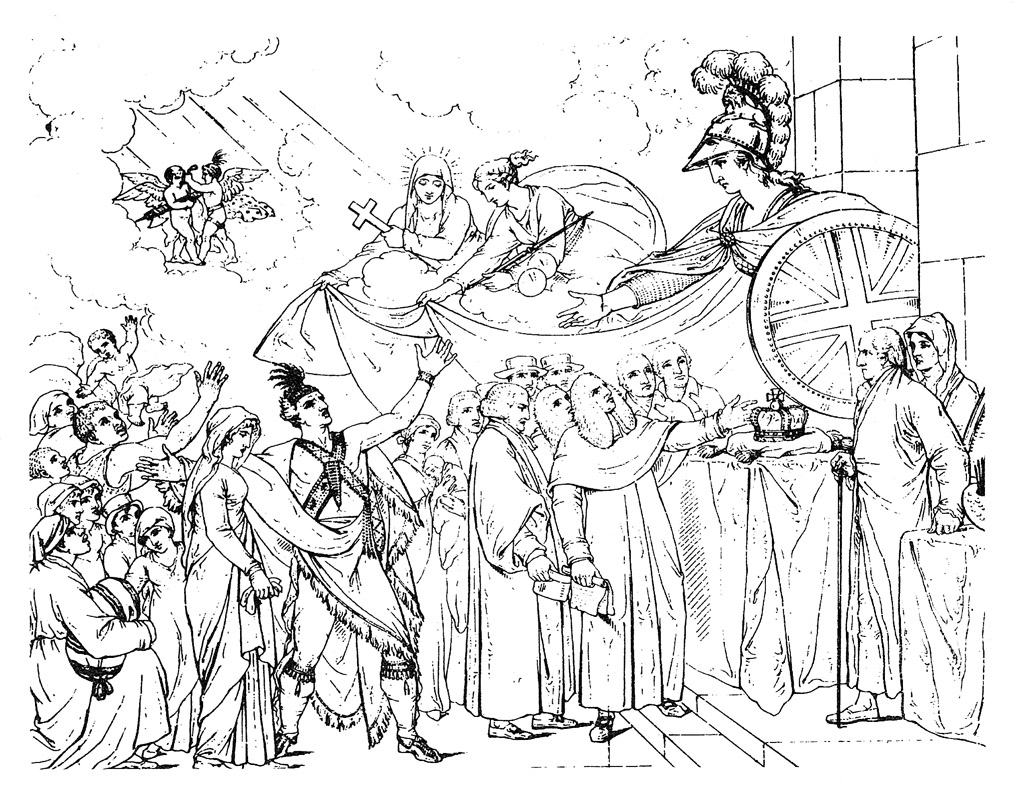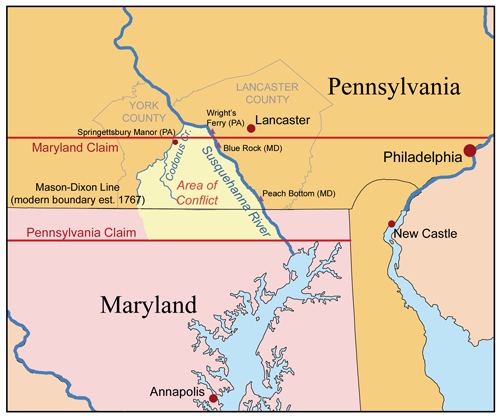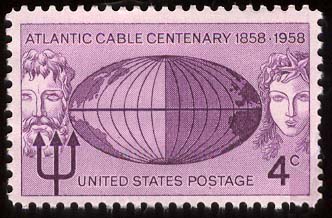|
Plymouth Township, Luzerne County, Pennsylvania
Plymouth Township is located in Luzerne County, Pennsylvania, United States. The population was 1,712 at the 2020 census. History Settlement Plymouth Township was formed in December 1768 by the Susquehanna Company of Connecticut; it was one of the five original townships in the Wyoming Valley. Each township was five square miles. It was enlarged in 1790 to include what is now Jackson Township, but reduced in 1844 by the formation of Jackson as a separate township, and in 1877 by the formation of Hunlock Township. Further reductions occurred when Plymouth Borough was incorporated in 1866, and Larksville Borough was incorporated in 1909. The western half of Edwardsville Borough was annexed from Plymouth Township in 1884. In 1769, the Susquehanna Company of Connecticut allotted lands in Plymouth Township to forty settlers. The growth of the township's population was very slow. The first settlements were in and around present-day Plymouth Borough. The township was governed by a ... [...More Info...] [...Related Items...] OR: [Wikipedia] [Google] [Baidu] |
Township (Pennsylvania)
Under the laws of the Commonwealth of Pennsylvania, a township is the lowest level of municipal incorporation of government. All of Pennsylvania's community, communities outside of incorporated local government in Pennsylvania#City, cities, borough (Pennsylvania), boroughs, and Bloomsburg, Pennsylvania#History, one town has been incorporated into a township which serves as the legal entity providing local self-government functions. In general, townships in Pennsylvania encompass larger land areas than other Municipality, municipalities, and tend to be located in suburban, exurban, or rural parts of the commonwealth. As with other incorporated municipalities in Pennsylvania, townships exist within local government in Pennsylvania#County, counties and are subordinate to or dependent upon the county level of government. History The creation of townships within Pennsylvania dates to the seventeenth century and the colonial period. Much of the province of Pennsylvania was occupied by ... [...More Info...] [...Related Items...] OR: [Wikipedia] [Google] [Baidu] |
Loyalist (American Revolution)
Loyalists were colonists in the Thirteen Colonies who remained loyal to the British Crown during the American Revolutionary War, often referred to as Tories, Royalists or King's Men at the time. They were opposed by the Patriots, who supported the revolution, and called them "persons inimical to the liberties of America." Prominent Loyalists repeatedly assured the British government that many thousands of them would spring to arms and fight for the crown. The British government acted in expectation of that, especially in the southern campaigns in 1780–81. Britain was able to effectively protect the people only in areas where they had military control, and in return, the number of military Loyalists was significantly lower than what had been expected. Due to the conflicting political views, loyalists were often under suspicion of those in the British military, who did not know whom they could fully trust in such a conflicted situation; they were often looked down upon. Pat ... [...More Info...] [...Related Items...] OR: [Wikipedia] [Google] [Baidu] |
Lancaster County, Pennsylvania
Lancaster County (; Pennsylvania Dutch: Lengeschder Kaundi), sometimes nicknamed the Garden Spot of America or Pennsylvania Dutch Country, is a county in the Commonwealth of Pennsylvania. It is located in the south central part of Pennsylvania. As of the 2020 census, the population was 552,984. Its county seat is Lancaster. Lancaster County comprises the Lancaster, Pennsylvania metropolitan statistical area. Lancaster County is a tourist destination with its Amish community a major attraction. Contrary to popular belief, the word "Dutch" in "Pennsylvania Dutch" is not a mistranslation, but rather a corruption of the Pennsylvania German endonym ''Deitsch'', which means "Pennsylvania Dutch / German" or "German". Ultimately, the terms Deitsch, Dutch, Diets, and Deutsch are all cognates of the Proto-Germanic word meaning "popular" or "of the people". The continued use of "Dutch" instead of "German" was strengthened by the Pennsylvania Dutch in the 19th century as a way ... [...More Info...] [...Related Items...] OR: [Wikipedia] [Google] [Baidu] |
Columbia, Pennsylvania
Columbia, formerly Wright's Ferry, is a borough (town) in Lancaster County, Pennsylvania, United States. As of the 2020 census, it had a population of 10,222. It is southeast of Harrisburg, on the east (left) bank of the Susquehanna River, across from Wrightsville and York County and just south of U.S. Route 30. The settlement was founded in 1726 by Colonial English Quakers from Chester County, led by entrepreneur and evangelist John Wright. Establishment of the eponymous Wright's Ferry, the first commercial Susquehanna crossing in the region, inflamed territorial conflict with neighboring Maryland but brought growth and prosperity to the small town, which was just a few votes shy of becoming the new United States' capital. Though besieged for a short while by Civil War destruction, Columbia remained a lively center of transport and industry throughout the 19th century, once serving as a terminus of the Pennsylvania Canal. Later, however, the Great Depression and 20th-ce ... [...More Info...] [...Related Items...] OR: [Wikipedia] [Google] [Baidu] |
Anthracite Coal
Anthracite, also known as hard coal, and black coal, is a hard, compact variety of coal that has a submetallic luster. It has the highest carbon content, the fewest impurities, and the highest energy density of all types of coal and is the highest ranking of coals. Anthracite is the most metamorphosed type of coal (but still represents low-grade metamorphism), in which the carbon content is between 86% and 97%. The term is applied to those varieties of coal which do not give off tarry or other hydrocarbon vapours when heated below their point of ignition. Anthracite ignites with difficulty and burns with a short, blue, and smokeless flame. Anthracite is categorized into standard grade, which is used mainly in power generation, high grade (HG) and ultra high grade (UHG), the principal uses of which are in the metallurgy sector. Anthracite accounts for about 1% of global coal reserves, and is mined in only a few countries around the world. The Coal Region of northeastern P ... [...More Info...] [...Related Items...] OR: [Wikipedia] [Google] [Baidu] |
Ark (river Boat)
In early periods of North American industrial development, an ark was a temporary boat used for river transport in eastern North America before slack-water canals (a lock system and appropriate dams allowing two way travel) and railroads made them obsolete. Because they could be built using relatively crude hand tools, Arks were built in American colonial and early republic times, primarily to carry cargo downriver on the spring freshets, and especially to carry milled lumber, charcoal and other forest products and bulk agricultural produce to a city or a port downriver; while logs were often tied into rafts, on long trips which could take weeks, the rafts would be accompanied by such arks as crew support quarters. Deep rivers allowed large log arks such as is described below instead of less controllable rafts. Since by 1800, most eastern towns and cities were short on heating fuels, even badly processed timber or planks could readily be sold at the destinations. But it wa ... [...More Info...] [...Related Items...] OR: [Wikipedia] [Google] [Baidu] |
Coal Creek (Susquehanna River)
Coal Creek is a tributary of the Susquehanna River in Luzerne County, Pennsylvania, in the United States. It is approximately long and flows through Plymouth Township and Plymouth. The watershed of the creek has an area of . A reservoir known as Spring Brook Reservoir Number Four is situated on the creek. The surficial geology near the creek includes Wisconsinan Till, Wisconsinan Ice-Contact Stratified Drift, alluvium, coal dumps, and bedrock consisting of sandstone and shale. On July 3, 2011, Coal Creek flooded when of rain fell in the watershed in less than 90 minutes. The flood caused $5 million in damage. The creek is designated as a Coldwater Fishery and a Migratory Fishery. Course Coal Creek begins in a valley near the northwestern border of Plymouth Township. It flows south-southwest for nearly a mile, passing through Spring Brook Reservoir Number Four. After passing through the reservoir, the creek continues flowing south-southwest for a short distance before turning sou ... [...More Info...] [...Related Items...] OR: [Wikipedia] [Google] [Baidu] |
Derby, Connecticut
Derby is a city in New Haven County, Connecticut, United States, approximately 8 miles west-northwest of New Haven. It is located in southwest Connecticut at the confluence of the Housatonic and Naugatuck Rivers. It borders the cities of Ansonia to the north and Shelton to the southwest, and the towns of Orange to the south, Seymour to the northwest, and Woodbridge to the east. The population was 12,325 at the 2020 census. It is the smallest city in Connecticut by area, at 5.3 square miles. Derby was settled in 1642 as an Indian trading post under the name Paugasset. It was named after Derby, England, in 1675. It included what are now Ansonia, Seymour, Oxford, and parts of Beacon Falls. Derby is home to the first electric trolley system in New England, only the second in the United States. It is also home to the first electric locomotive in U.S. history to be built and successfully used commercially for hauling freight. The locomotive, built in 1888, is still kept in ru ... [...More Info...] [...Related Items...] OR: [Wikipedia] [Google] [Baidu] |
1858 Anthracite Map Detail
Events January–March * January – **Benito Juárez (1806–1872) becomes Liberal President of Mexico. At the same time, conservatives install Félix María Zuloaga (1813–1898) as president. **William I of Prussia becomes regent for his brother, Frederick William IV, who had suffered a stroke. * January 9 ** British forces finally defeat Rajab Ali Khan of Chittagong ** Anson Jones, the last president of the Republic of Texas, commits suicide. * January 14 – Orsini affair: Felice Orsini and his accomplices fail to assassinate Napoleon III in Paris, but their bombs kill eight and wound 142 people. Because of the involvement of French émigrés living in Britain, there is a brief anti-British feeling in France, but the emperor refuses to support it. * January 25 – The ''Wedding March'' by Felix Mendelssohn becomes a popular wedding recessional, after it is played on this day at the marriage of Queen Victoria's daughter Victoria, Princess Royal, to Prin ... [...More Info...] [...Related Items...] OR: [Wikipedia] [Google] [Baidu] |
Avondale Mine Disaster Dead
Avondale may refer to: Places Australia * Avondale, New South Wales, a village in New South Wales * Avondale, Parramatta, a heritage-listed former residence and now offices at 25 O'Connell Street, Parramatta, New South Wales * Avondale, Queensland, a village in Queensland Canada * Avondale, Newfoundland and Labrador * Avondale, Hants, Nova Scotia in the Hants County * Avondale, Pictou, Nova Scotia in Pictou County Ireland * Avondale Forest, an estate in County Wicklow ** Avondale House, birthplace of Irish political leader Charles Stewart Parnell New Zealand * Avondale, Auckland * Avondale, Canterbury, a suburb of Christchurch Scotland * Avondale, South Lanarkshire ** Avondale Castle * Avondale Landfill, Falkirk United States * Avondale (Birmingham), a neighborhood of Birmingham, Alabama * Avondale, Arizona * Avondale, Colorado * Avondale (Jacksonville), a neighborhood of Jacksonville, Florida * Avondale, Georgia * Avondale (Columbus, Georgia), a neighborhood ... [...More Info...] [...Related Items...] OR: [Wikipedia] [Google] [Baidu] |
Kingdom Of Great Britain
The Kingdom of Great Britain (officially Great Britain) was a sovereign country in Western Europe from 1 May 1707 to the end of 31 December 1800. The state was created by the 1706 Treaty of Union and ratified by the Acts of Union 1707, which united the kingdoms of England (which included Wales) and Scotland to form a single kingdom encompassing the whole island of Great Britain and its outlying islands, with the exception of the Isle of Man and the Channel Islands. The unitary state was governed by a single parliament at the Palace of Westminster, but distinct legal systems – English law and Scots law – remained in use. The formerly separate kingdoms had been in personal union since the 1603 "Union of the Crowns" when James VI of Scotland became King of England and King of Ireland. Since James's reign, who had been the first to refer to himself as "king of Great Britain", a political union between the two mainland British kingdoms had been repeatedly attempted and ... [...More Info...] [...Related Items...] OR: [Wikipedia] [Google] [Baidu] |
Susquehanna River
The Susquehanna River (; Lenape: Siskëwahane) is a major river located in the Mid-Atlantic region of the United States, overlapping between the lower Northeast and the Upland South. At long, it is the longest river on the East Coast of the United States. By watershed area, it is the 16th-largest river in the United States,Susquehanna River Trail Pennsylvania Fish and Boat Commission, accessed March 25, 2010.Susquehanna River , Green Works Radio, accessed March 25, 2010. and also the longest river in ... [...More Info...] [...Related Items...] OR: [Wikipedia] [Google] [Baidu] |





